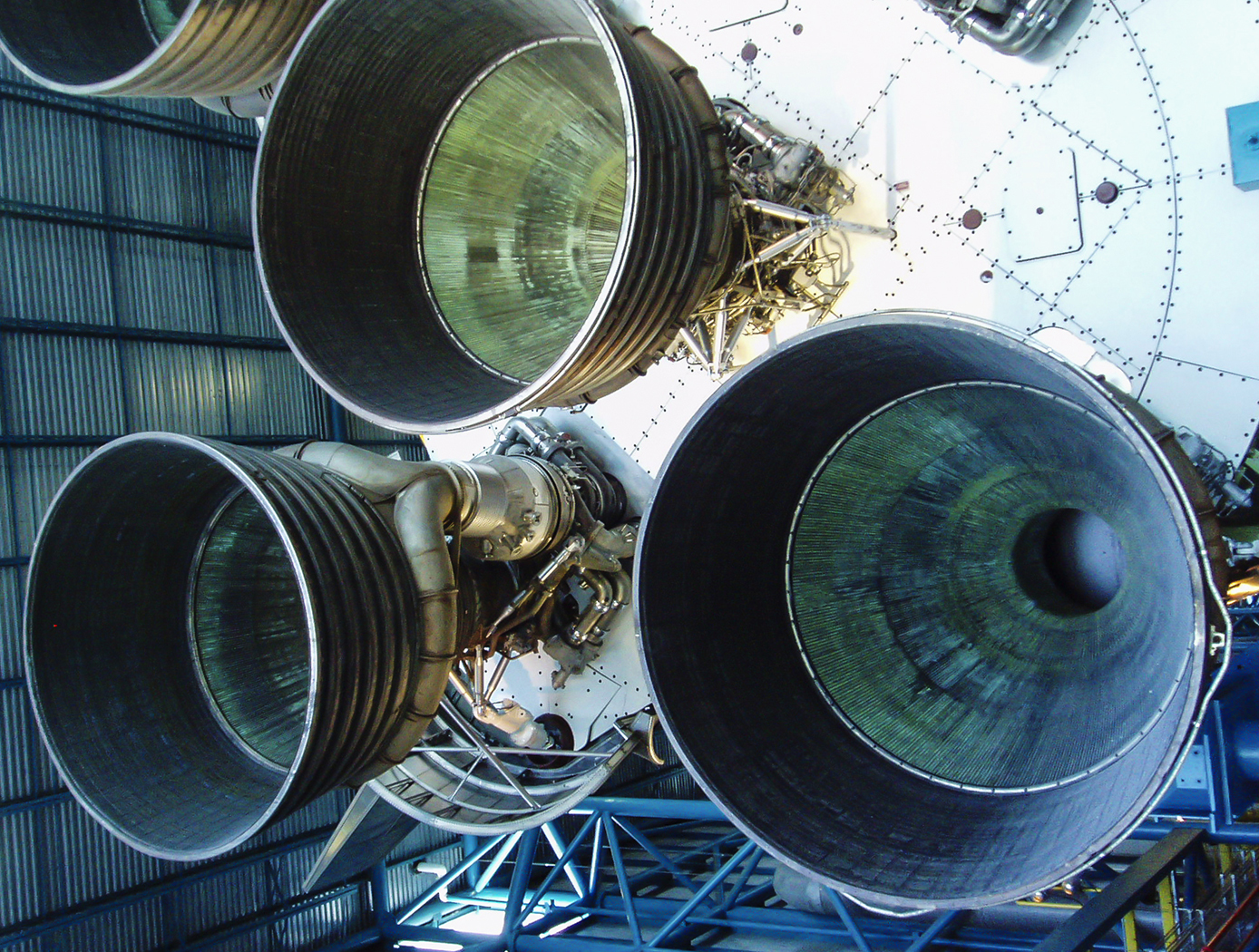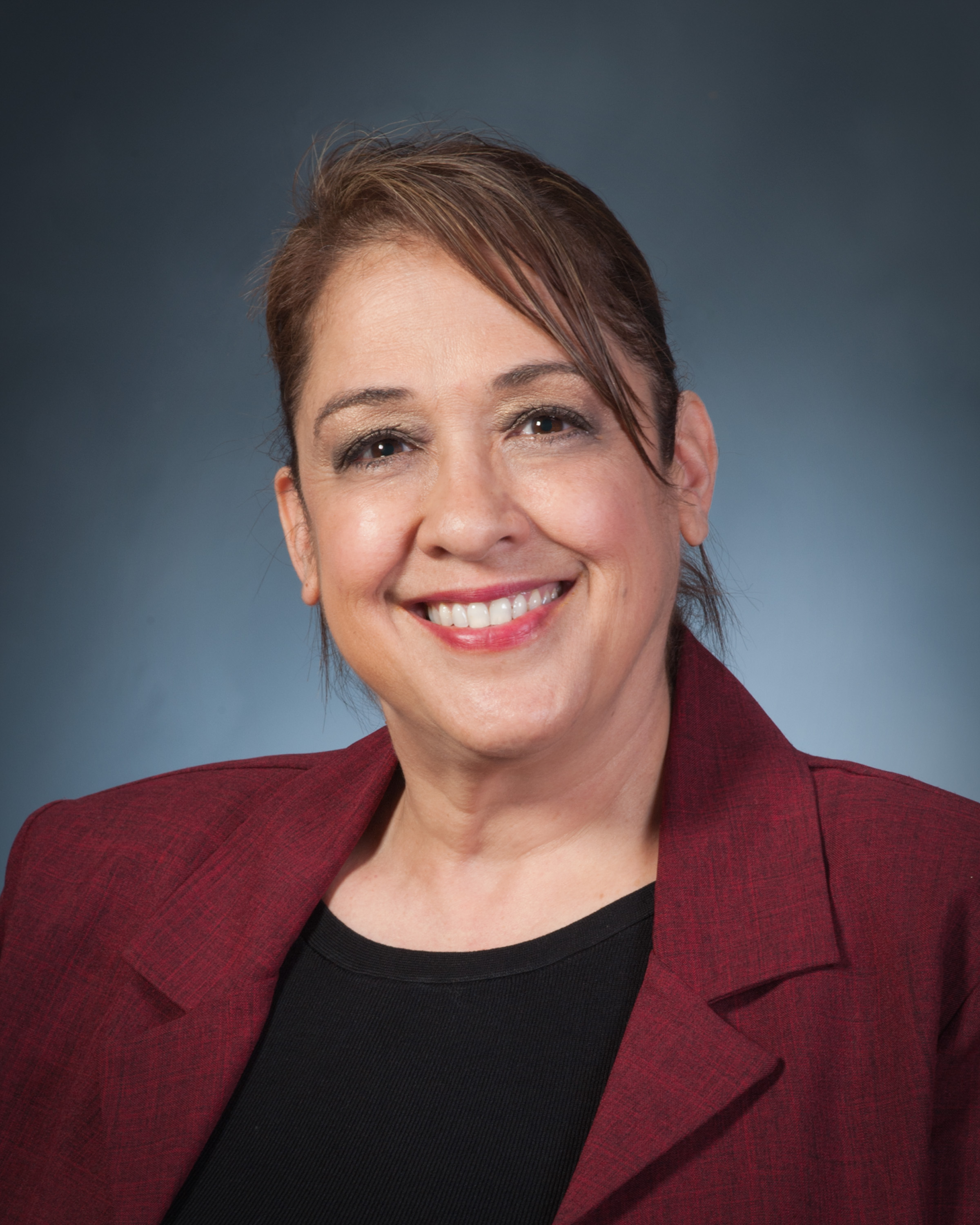NASA's Healing and Strengthening of Commercial SiC Tows Using Microwave Irradiation Webinar
Innovators at NASA's Glenn Research Center have developed a rapid processing method that produces stronger, tailored silicon carbide (SiC) tows and even heals damaged or otherwise low-quality fibers. Never before could poor-quality SiC fibers be healed and improved by this magnitude. This simple microwave process enables SiC tows and parts made from SiC fibers to be integrated into previously impossible applications while significantly saving costs. Glenn's novel technique uses a microwave sintering furnace to reduce power requirements, processing temperatures (by as much as 1000°C), processing times, and costs. Thus, it is easier to produce quality, high-strength SiC tows and increase the effective yield of usable SiC material. This breakthrough process stands ready to significantly increase the implementation of lightweight, high-performance SiC/SiC ceramic matrix composite (CMC) materials and SiC fibers in aeronautics, automotive, power generation, and countless other industries that operate in extreme environments.
To read more about this technology, or inquire about a question or license, please click here.
During the webinar, you will learn much more about this novel technology and how NASA's technologies and capabilities are available to industry and other organizations through the NASA Technology Transfer Program.

Dr. Maricela Lizcano has been working for NASA Glenn for over 10 years. She earned her B.S. (2004) and M.S. (2006) in Mechanical Engineering from the University of Texas Pan American in Edinburg, TX. Dr. Lizcano then earned her PhD (2011) in Mechanical Engineering from Texas A&M University in College Station, TX. She conducted materials and processing research throughout her entire academic career. After graduation, she began working for NASA Glenn Research Center (GRC) In September 2011 for the Ceramics Branch as a Research Materials Engineer. Today she is working in the Materials Chemistry and Physics Branch supporting both aeronautics and space missions. For the past 6 years, she has been leading a R&D multidisciplinary effort in materials for high voltage (HV) Electrified Aircraft Propulsion (EAP) power distribution and transmission systems in the development of HV test capabilities, materials research, and HV cable modeling. She also serves as the Technical Lead in HV materials for the Foundational Electric Aircraft Propulsion subproject under the Transformational Tools and Technology (T^3) project supporting the Transformative Aeronautics Concepts Program (TACP). Along with these duties, she supports other ARMD project as a Subject Matter Expert (SME) for various projects including Revolutionary Vertical Lift Technology (RVLT) and Electrified Powertrain Flight Demonstration projects. She recently began serving as the Topic Lead for the Advanced Materials for High-Voltage Power Transmission on the Moon topic in NASA’s Early Stage Innovation (ESI) opportunity under the Space Technology Mission Directorate (STMD) for the Space Technology Research Grants Program (STRG).




